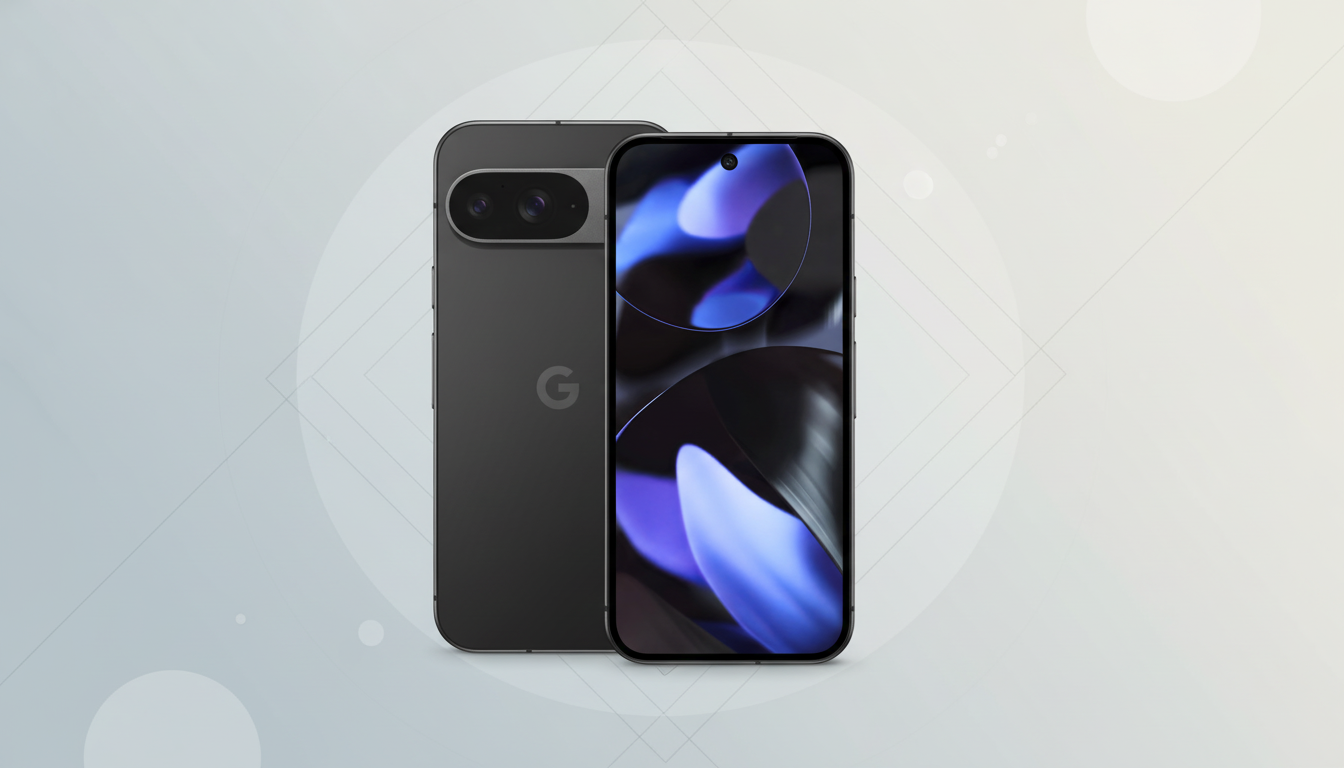Leak Shows Pixel With GrapheneOS Thwarts Cellebrite
A leaked presentation from a leading phone forensics vendor confirms that Google Pixel devices using GrapheneOS are much more difficult to access compared to their stock Android versions. Screenshots of an internal Cellebrite “Android OS Access Support Matrix,” collected from a private Microsoft Teams call and posted on a forum, reveal that the majority of recent Pixels with GrapheneOS strongly resist data extraction. Even locked Pixel 9 devices are listed as having no access capability.

According to the leaked copy, Cellebrite’s tools still manage to extract some data from stock Pixels that have never been fully unlocked since reboot, a condition known to examiners as “before first unlock” (BFU). The same matrix indicates that GrapheneOS-clad Pixels close most avenues by comparison. A stark difference between the two is that the leaked matrix depicts all locked Pixel 9 devices running GrapheneOS as untouchable, while older builds of the same operating system showed some possibility up to the latest 2022–2023 patches.
The screenshots appear to have been taken during a meeting between Cellebrite staff and a prospective customer, with a third party snapping photos. If anything, the occurrence gives a rare and unguarded peek at how commercial tools analyze the real-world applicability of their findings. Although Cellebrite refused to share information, combined findings from the forum make a clear assertion: GrapheneOS meaningfully limits the attack surfaces that regular forensic suites usually rely on.
Why GrapheneOS significantly changes Android device forensics
GrapheneOS is a security-hardened Android variant, open source and available only for Pixels. It adds safeguards on top of Google’s protections: a harder memory allocator, more aggressive exploit mitigations, and stricter app sandboxing. Externally, it offers granular controls, including per-app network toggles and sensor permissions. Its auto-reboot feature allows users to force a device back to BFU state after a set period; that way, encryption keys are not memory-resident and timed exfiltration is substantially complicated.
These protections are applied on top of Pixel’s built-in hardware-based security. Verified Boot and the Titan M2 chip securely store cryptographic keys and gate sensitive operations; along with modern file-based encryption, this combination dramatically limits how much can be learned from a seized phone without the user’s passcode.
When contrasted with the Pixel’s stock behavior, the leaked matrix indicates that GrapheneOS’s safeguards and approach to BFU lockdown have rendered modern Pixels dramatically less compatible with standard forensic workflows. Stock Android on Pixel smartphones, even without unlocking the bootloader, already stops the majority of the phone’s content from being fetched entirely in the BFU stage, but it can still push several BFU data points into an extraction.

Digital forensic triage training and previous vendor briefings I have attended describe those BFU artifacts as minimal device identifiers, logs, or encrypted database stubs that, while revealing nothing about the material, can provide the triager with critical information for attack strategies. The revealed Cellebrite chart indicates that GrapheneOS removes even this metadata exposure, reducing automated triage and manual footholds dramatically.
Context matters here: the ability to extract anything at all often hinges on security patch levels, chip generations, and whether a device has been unlocked since boot. GrapheneOS’s development cadence — closing BFU gaps and hardening components — appears to have shifted many Pixels in the matrix from “partial” to “no access” as patches rolled out.
Implications for investigators and everyday Pixel users
For law enforcement and enterprise investigators, the leak underscores an ongoing trend: data at rest on modern, well-configured devices is getting harder to reach without user cooperation or endpoint-based collection. Public procurement records show agencies often spend five figures annually on forensic suites, yet even top-tier tools face mounting limitations against devices designed to minimize BFU exposure and rapidly re-lock themselves.
For everyday users, the takeaway is more straightforward. Pixels already rank among the most secure Android phones, and GrapheneOS pushes that baseline even higher with features like a duress PIN, USB restrictions while locked, and automatic relocking. The long software support window on recent Pixels — widely publicized as up to 7 years — further strengthens that position by shrinking the window for known exploits.
What to watch next as forensic tools and defenses evolve
The leak is about one vendor’s capabilities at a moment in time. Other toolmakers, such as MSAB or Grayshift, might display different outcomes, and software updates may revise the picture quickly. However, the matrix provides a rare, contemporaneous still life: updated Pixels running GrapheneOS appear like a dead end to current off-the-shelf forensic extraction, especially in a BFU context. For privacy-minded users, this is a success. For investigators, it is a directive to shift anew to lawfully accessible paths, endpoint policies, and cloud-based warrants — not an expectation that there will ever be a “smart button” for phones.

